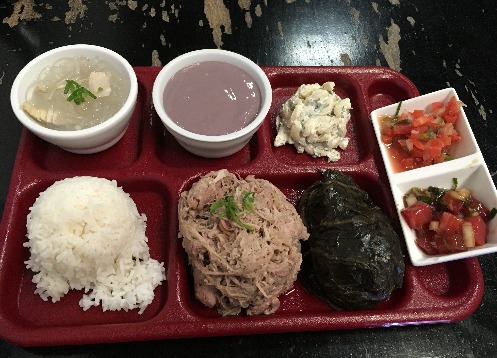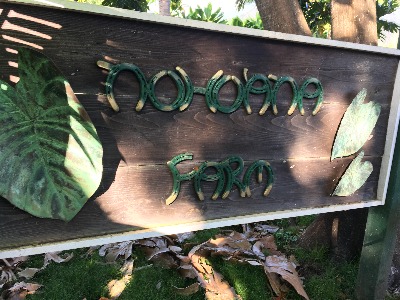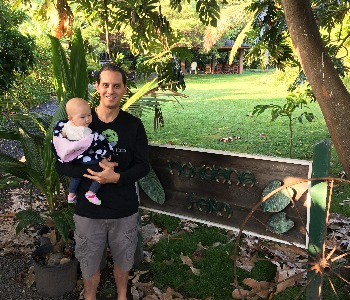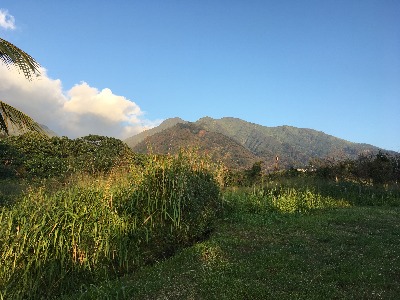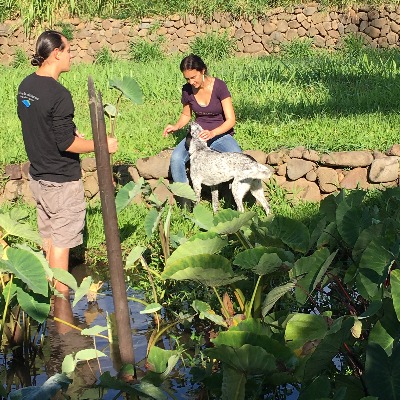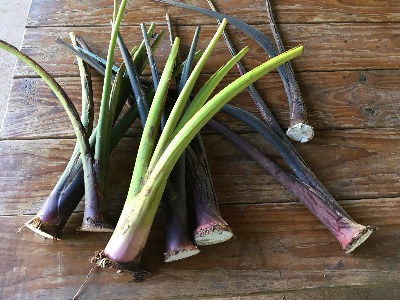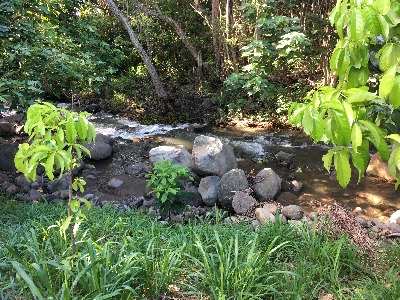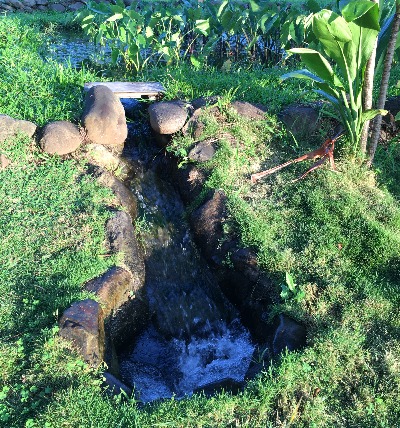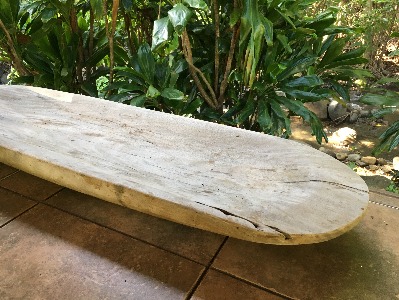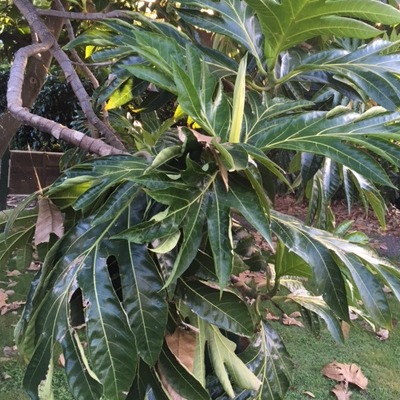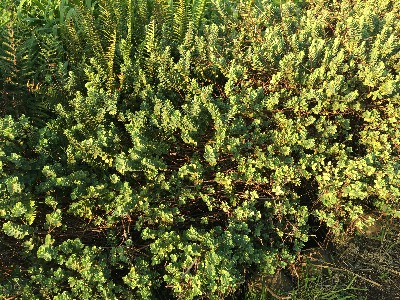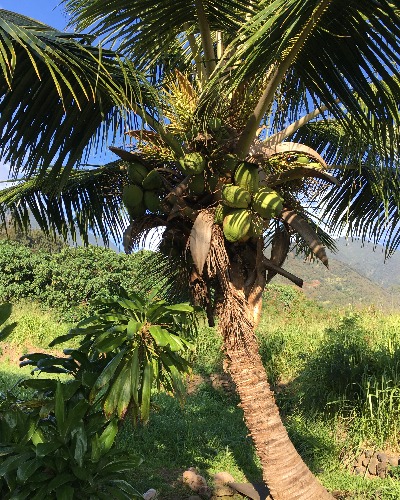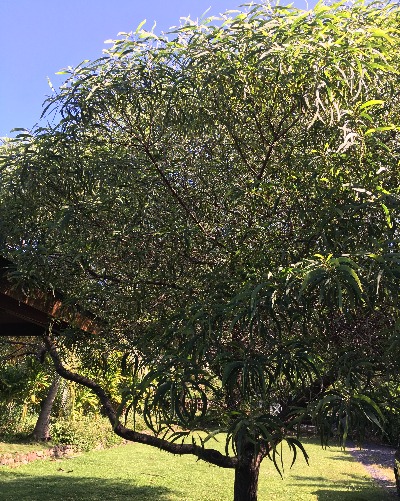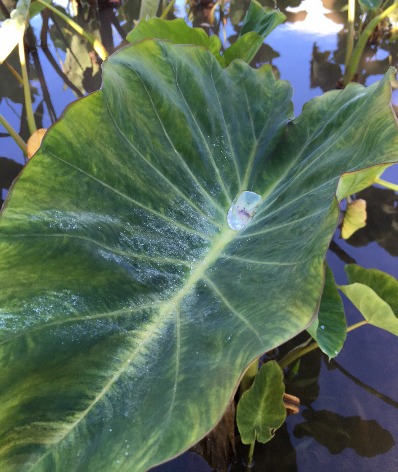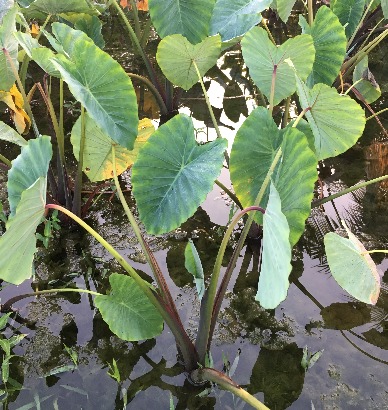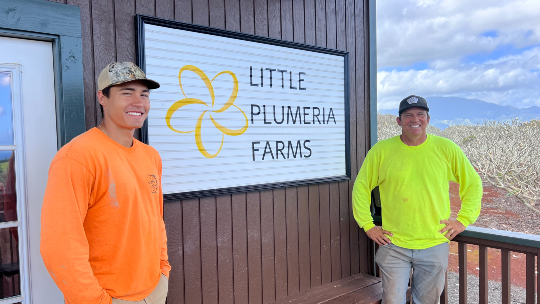Growing up as a kid in the 1970s, poi was common at family gatherings and first birthday luaus. I’d find them in little round brown-and-white plastic bowls at the end of the buffet line. To make it more pleasing to my young taste buds, I’d sprinkle a spoonful of sugar and mix in some milk to help the gooey poi go down.
Poi is a perfect balance to salty kalua pig, lau lau, and lomi salmon. And it’s good for you. A carbohydrate, poi has lots of nutrition and fiber; is low in fat, sodium, and sugar; and is gluten free.
Dr. Terry Shintani’s Waianae Diet and studies done by Molokai physician Emmett Aluli show that a traditional Hawaiian diet that includes taro, the root that poi is made from, helps Native Hawaiians overcome obesity, diabetes, heart disease, and other chronic ailments.
As an adult, I appreciate the taste and nutritional goodness of poi on its own without milk or sugar. I eat it with poke instead of rice. I mix it with my green or fruit protein shake to make a complete breakfast meal. I eat taro steamed or boiled and cut into cubes, or as pai ai, the stage after pounding taro before it’s diluted with water.
We buy poi in bags or plastic containers from stores. But do you think about where it comes from?
Last month, I had the pleasure of visiting a loi, or taro farm, in central Maui’s Waikapu Valley. You can read about my visit to the farm in the spring issue of Island Scene magazine, mailed to HMSA households this month. It’s also posted on Well-Being Hawaii.
The 3-acre Nohoana Farm in Waikapu Valley is run by Hokuao Pellegrino and his family.
Nohoana Farm has been in Pellegrino’s family since 1848. The farm went fallow in the 1940s when water and land was used for sugar plantations. Pellegrino is now restoring the farm to revive taro cultivation.
The Waikapu ahupuaa, land division from mauka (mountain) to makai (ocean), was once the largest taro-producing region in Hawaii.
Pellegrino, his wife, Alana, and their two children and dog spend a Saturday morning in the loi.
Pellegrino uses an oo, traditional digging stick, made of kauwila wood to plant and harvest taro.
Taro stalks that were recently cut from the corm, or root. The stalks will be replanted in the loi. The corm will be steamed and pounded into poi.
Wai (water) is important for taro farming.
Water from a nearby stream is diverted into the loi and flows back into the stream in the traditional auwai (irrigation system).
Pellegrino uses this wooden papa kui ai as the foundation to pound taro into poi.
Ulu trees on the farm produce breadfruit, another traditional Hawaiian food staple. Pellegrino uses the fruit to make ulu flour.
Nohoana Farm has native ferns, akia, banana trees, coconut trees, and a koa tree.
Morning dew after a night of rain.

